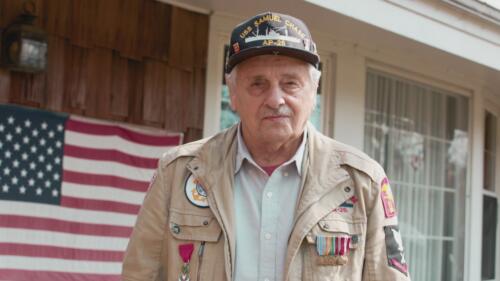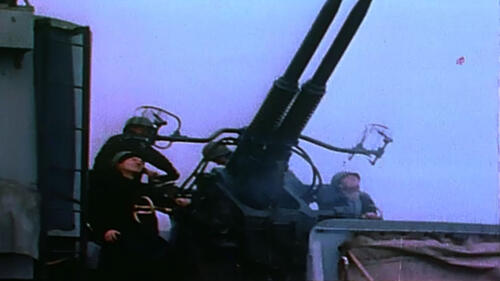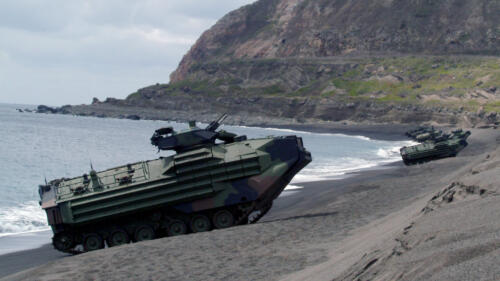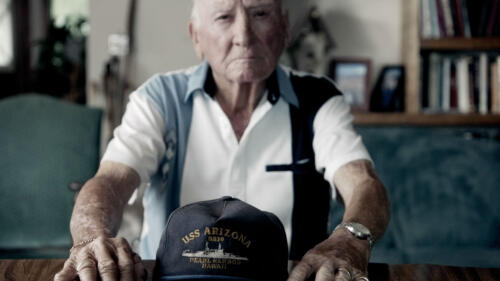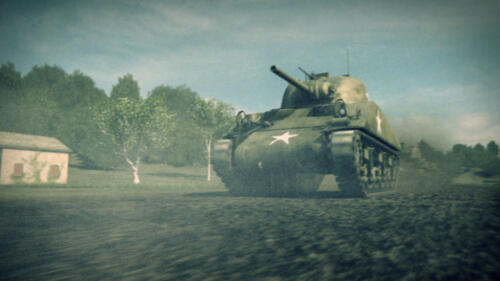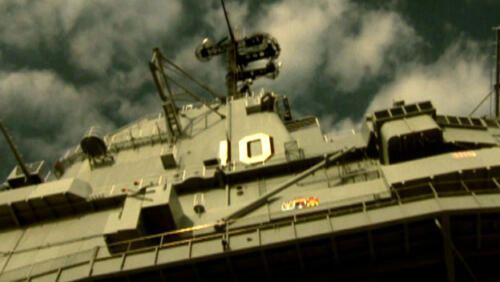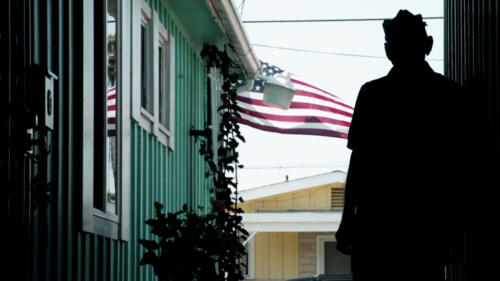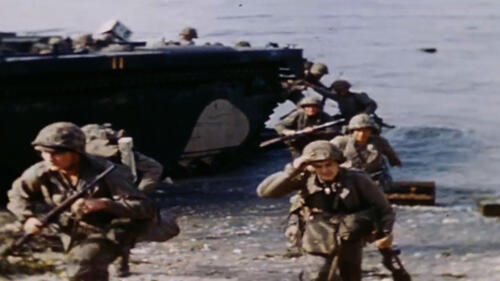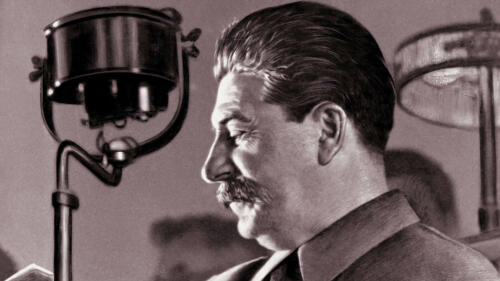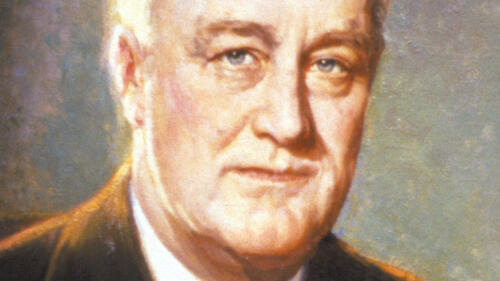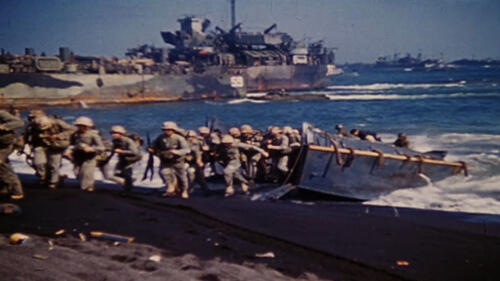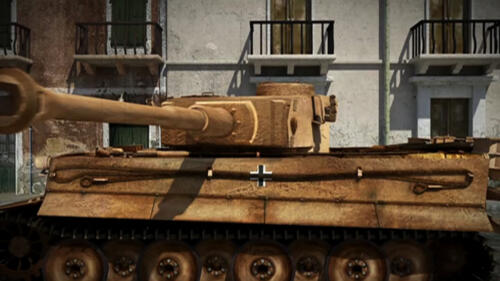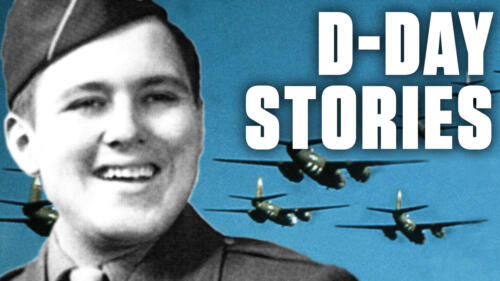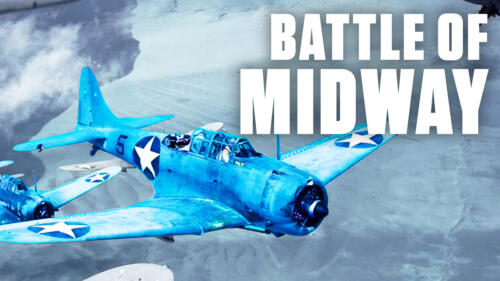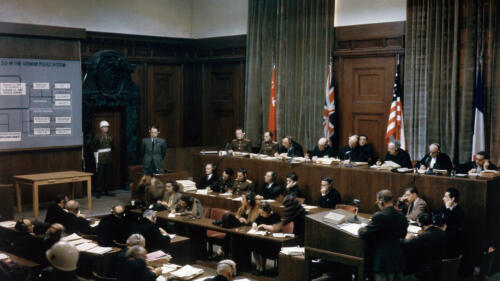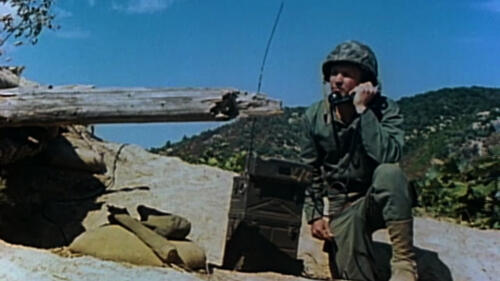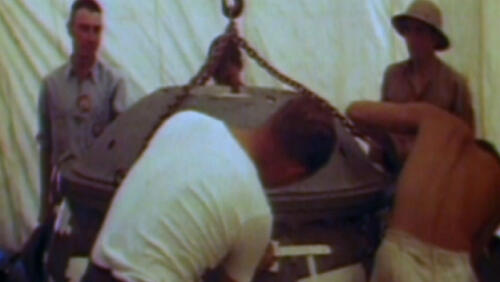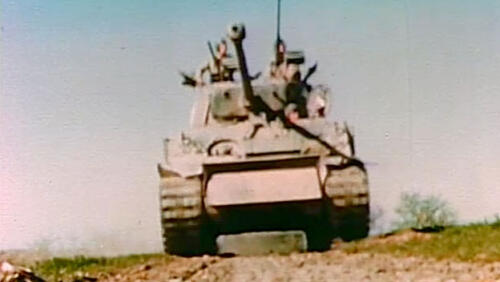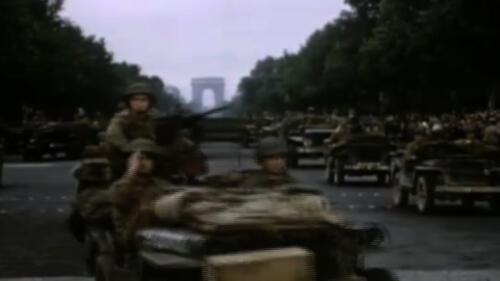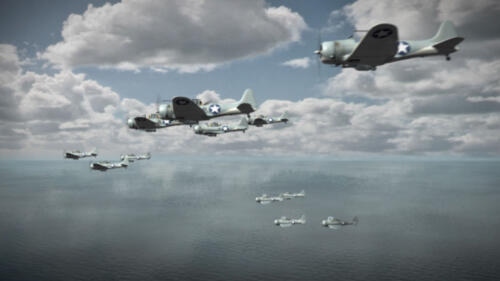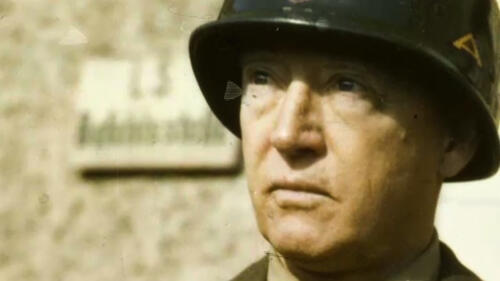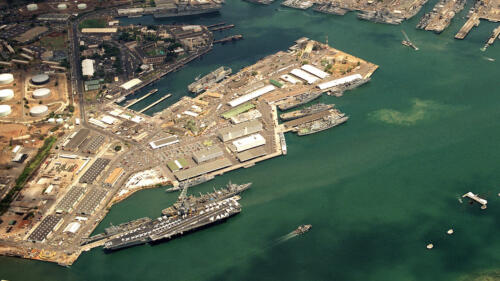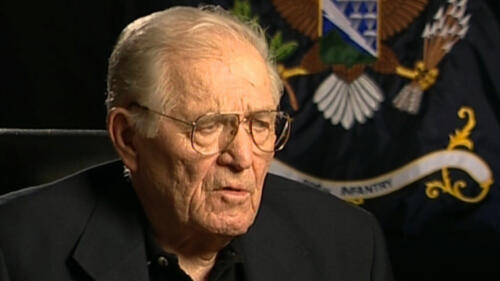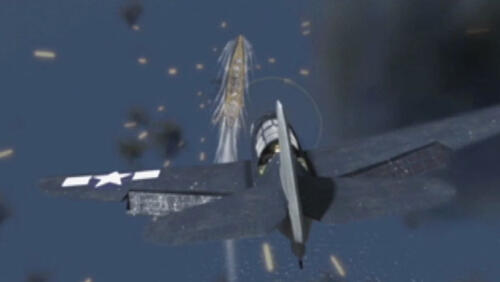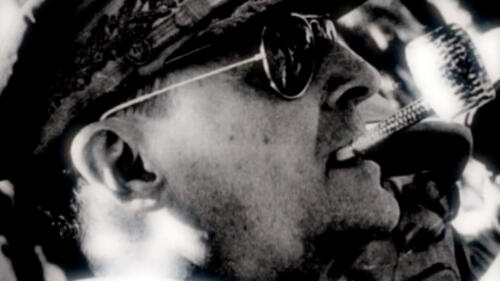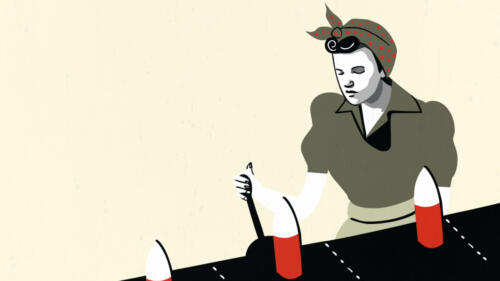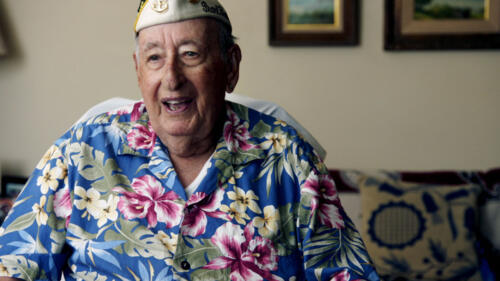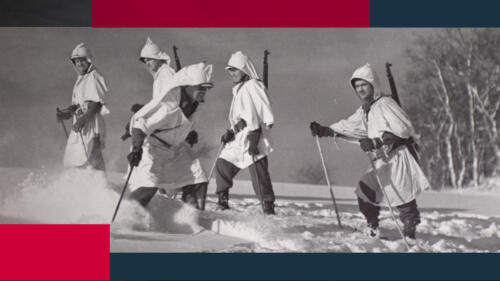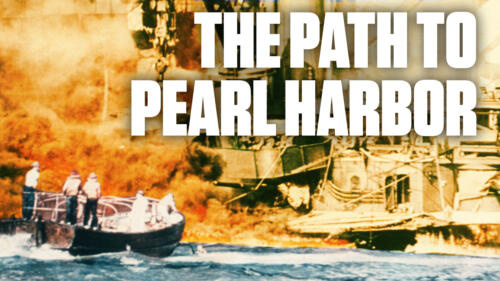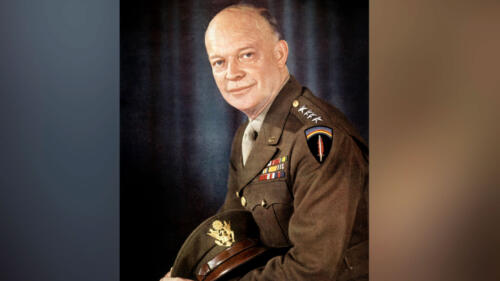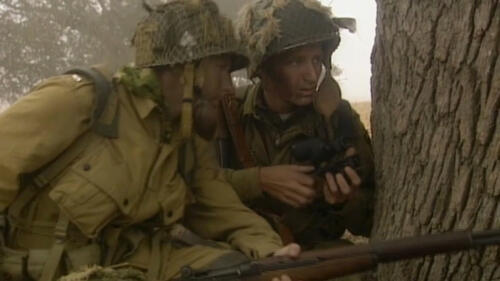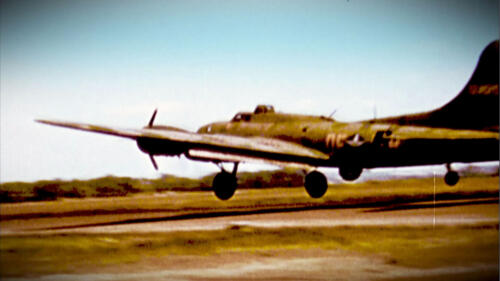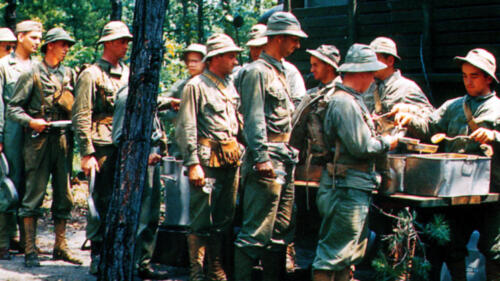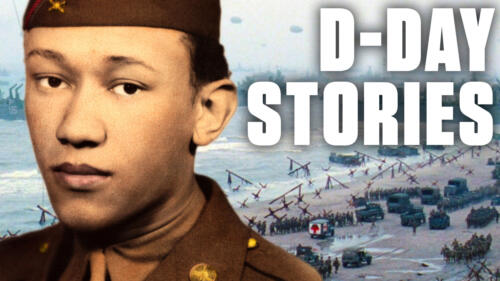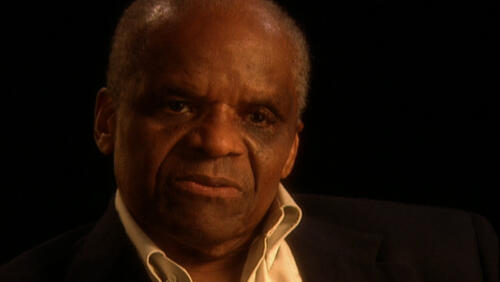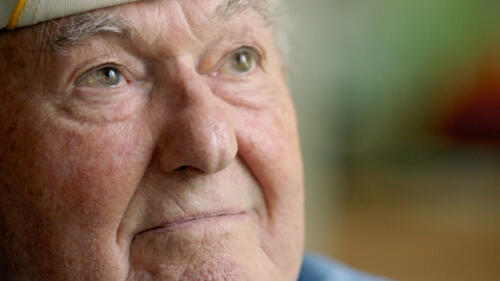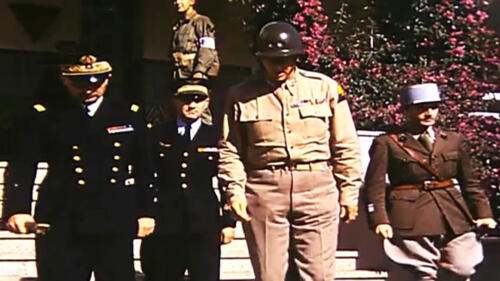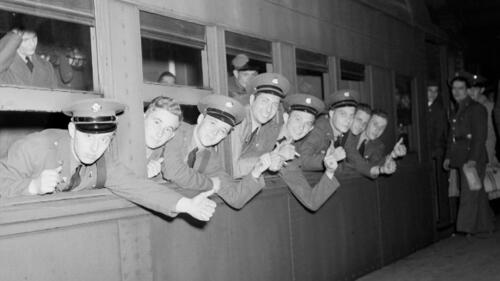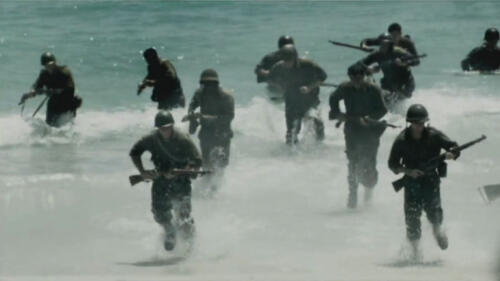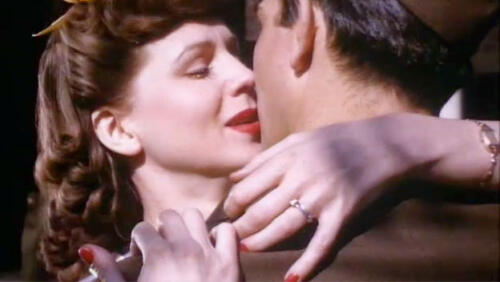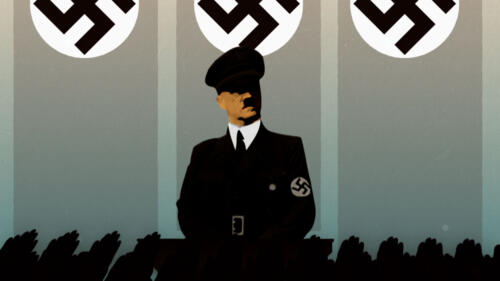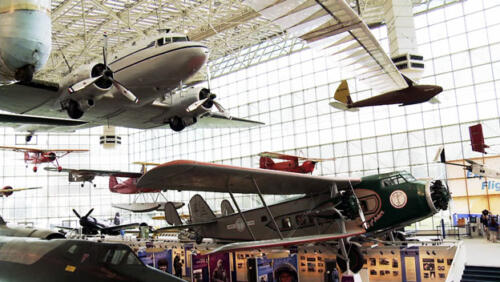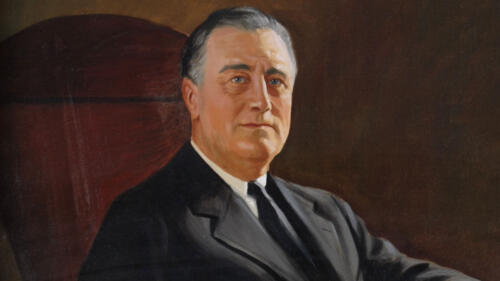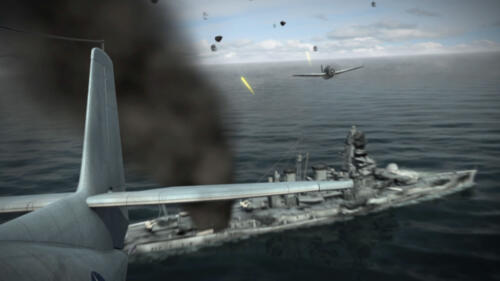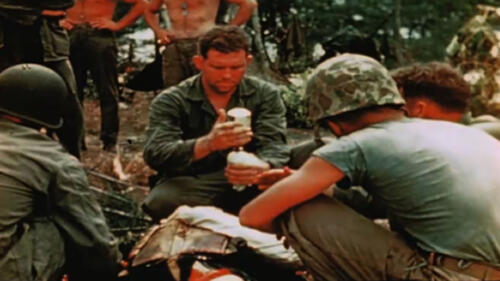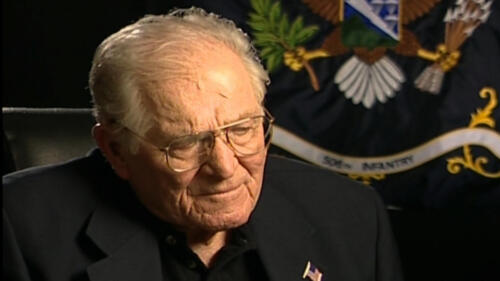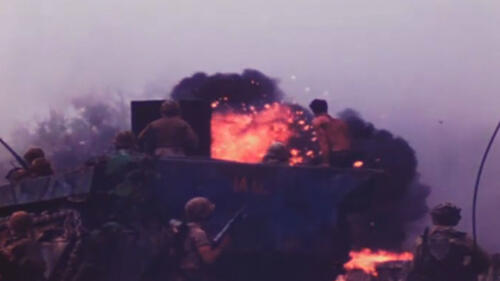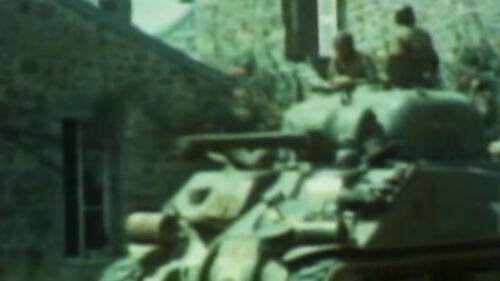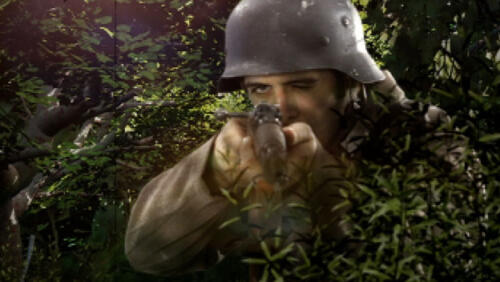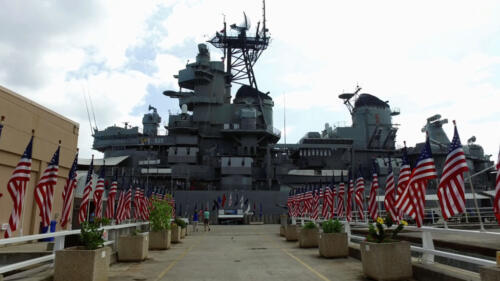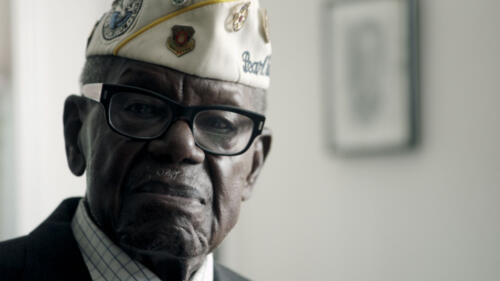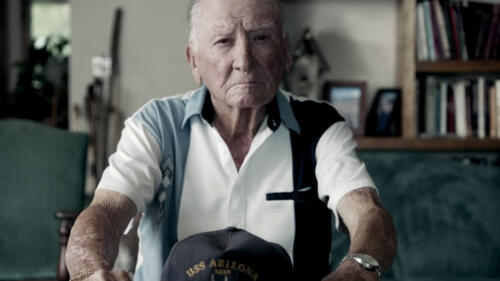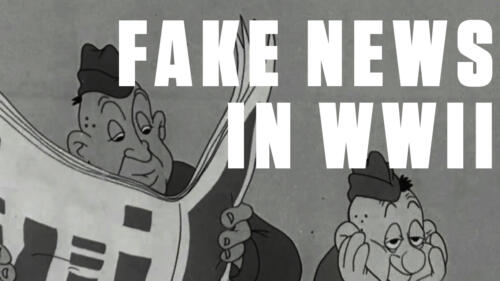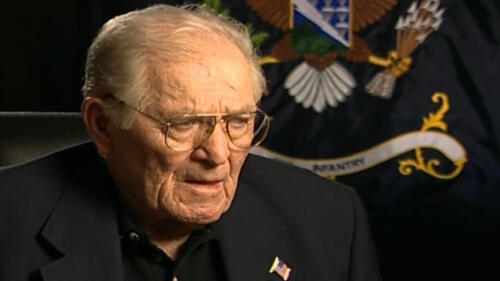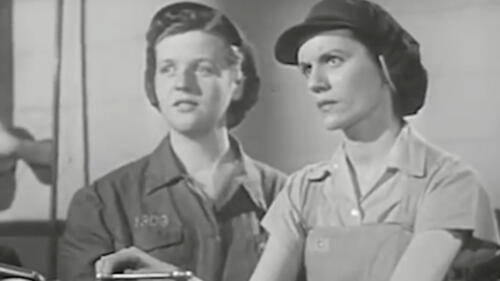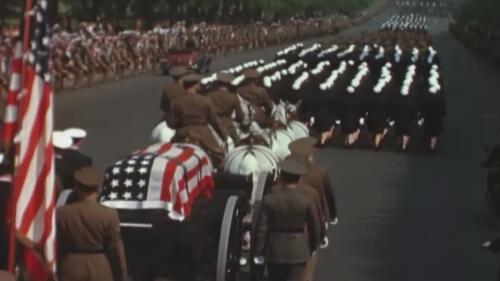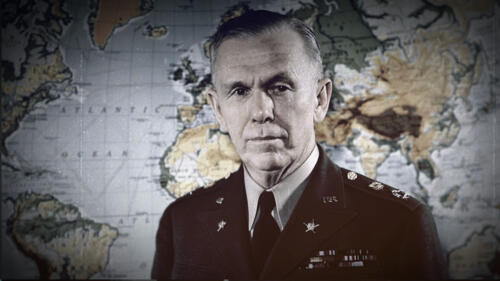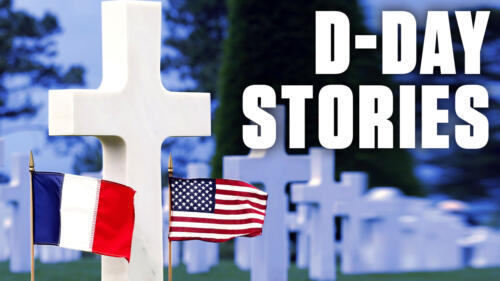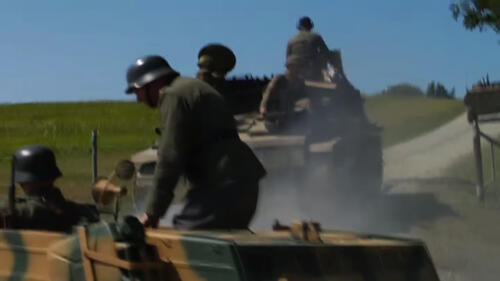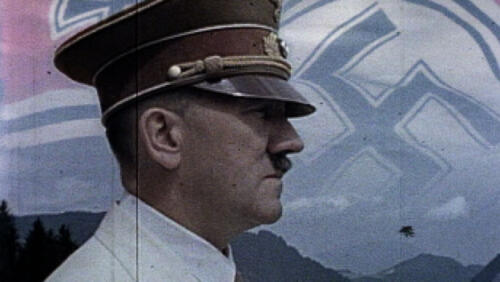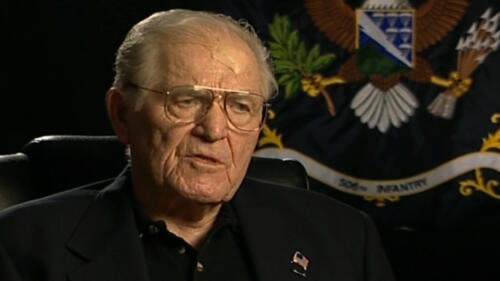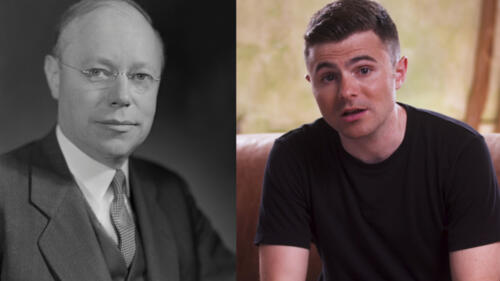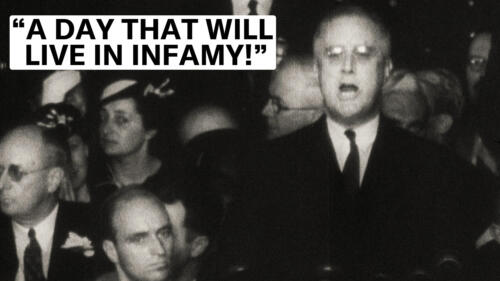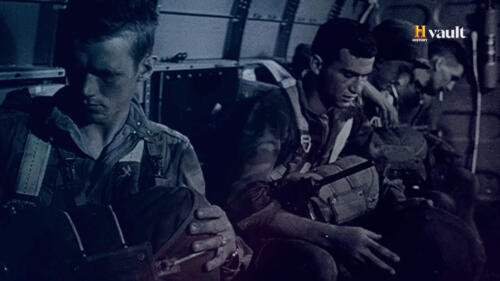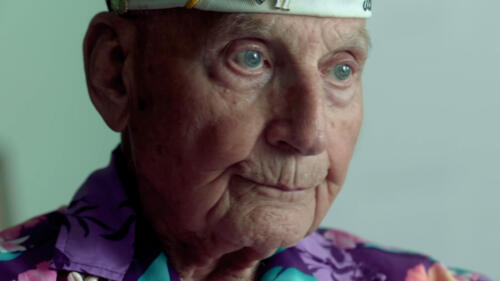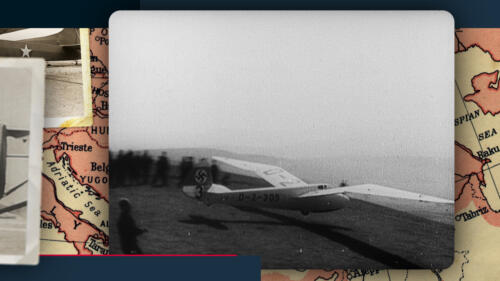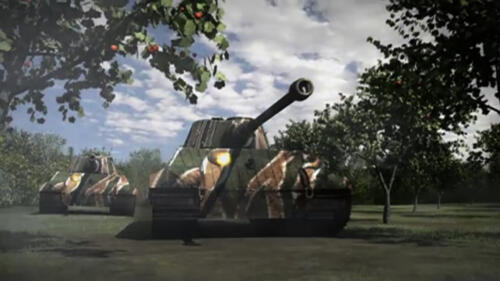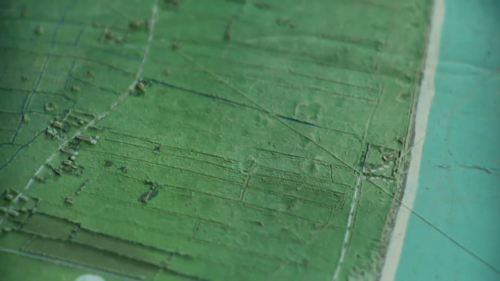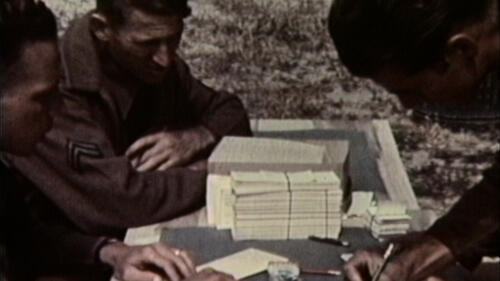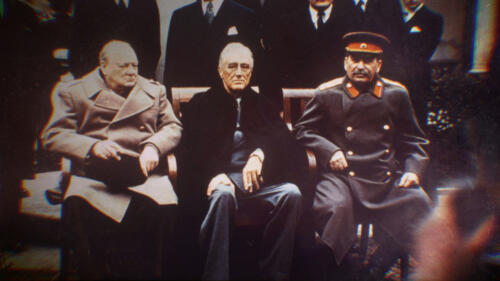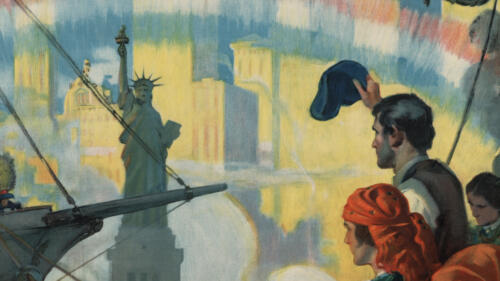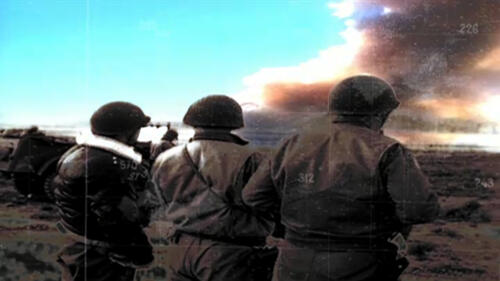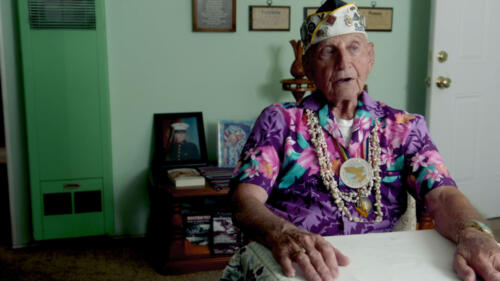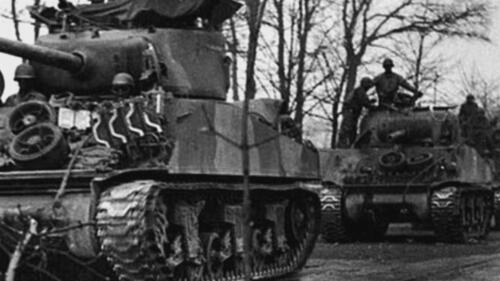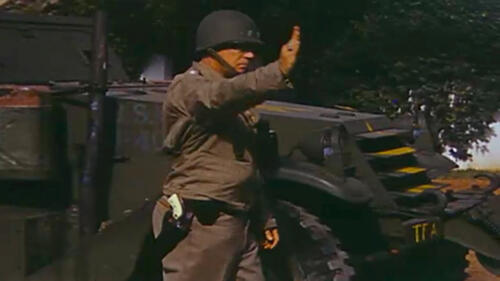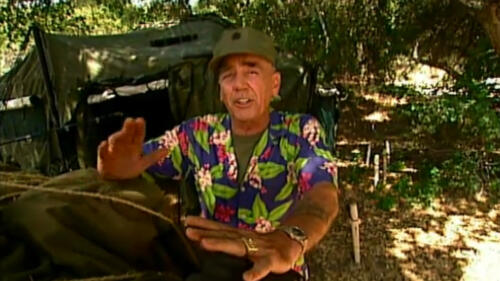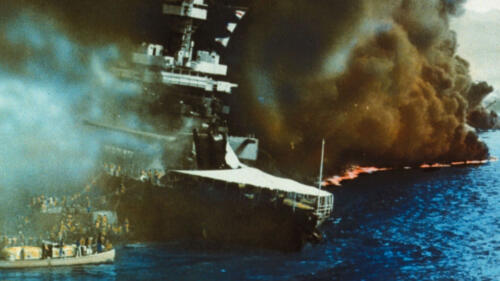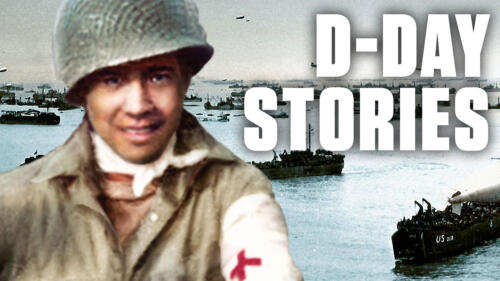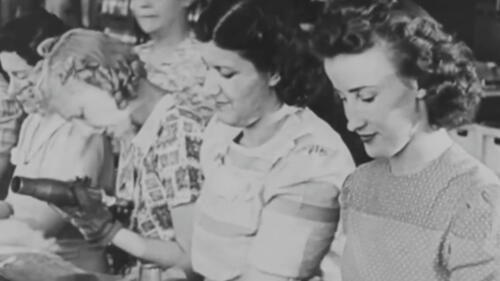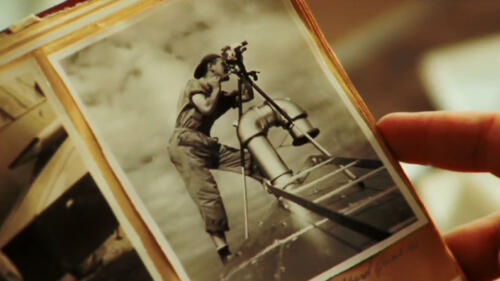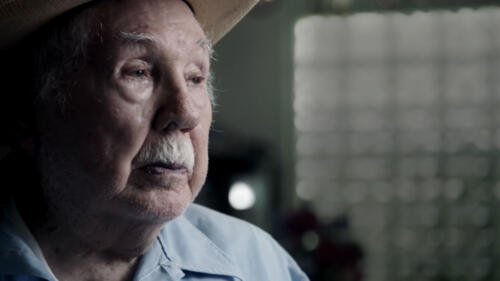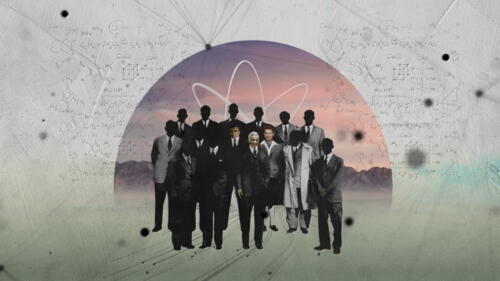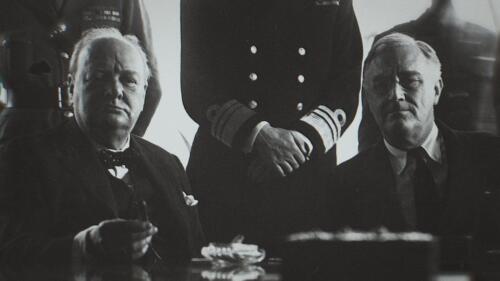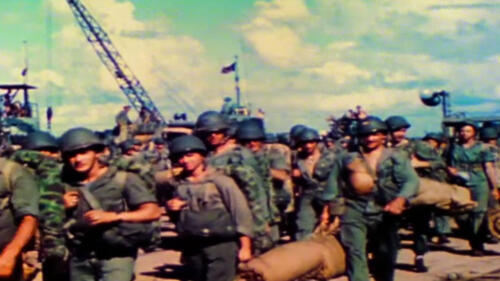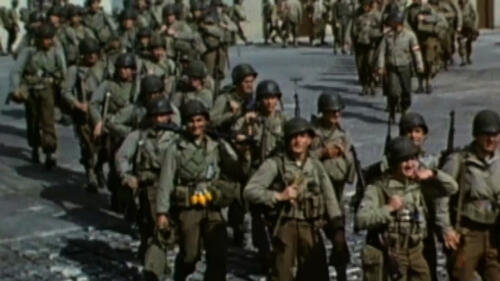Playlist
World War II
Decoded Puzzle Clue D.B. Cooper
Decoded puzzle clue for the episode D.B. Cooper.
Battle of Midway Tactical Overview - World War II
Seven months after the attack on Pearl Harbor, American and Japanese forces clashed over Midway Atoll, a dot of land in the middle of the Pacific Ocean. The Battle of Midway tested intelligence and combat capabilities on both sides – while decidedly altering the outcome of World War II.
World War II Radios Got the Message Out
In this video clip of History's Mail Call, host R. Lee Ermey, along with Andy Miller of the Military Radio Collectors Club, takes a look at what kind of radios they used in World War II including the handie-talkie, walkie-talkie and TBX8 radio set.
Pele Supports Earth Summit
As goodwill ambassador for the Earth Summit, Brazilian soccer star Edson Arantes do Nascimento, better known as Pele, discusses the importance of the upcoming summit to be held in Rio de Janeiro in June 1992 to discuss an international effort to preserve natural resources by rethinking methods of economic development.
G.I. Bill
On June 22, 1944, President Franklin D. Roosevelt signed the Servicemen's Readjustment Act, better known as the G.I. Bill, in order to help soldiers secure stability as they returned to civilian life. A broadcast aired shortly after the bill was signed describes a nation preparing to welcome World War II veterans.
Biggest Naval Battle of WWII (Part 1): The Battle of Leyte Gulf
The Battle of Leyte was an amphibious invasion that launched the beginning of the recapture and liberation of the entire Philippines after almost three years of Japanese occupation in this clip from "Battle of Leyte Gulf."
"Private Snafu" Fights Fake News in 1944
Fake news isn’t new news. During WWII, military bases were breeding grounds for false reports and gossip. In this cartoon, part of a series created for the armed forces by Theodor Geisel (a.k.a. Dr. Seuss) and the folks behind Looney Tunes, “Private Snafu” learns the dangers of spreading rumors the hard way.
Gustav: World's Biggest Gun
In a Mail Call video, R. Lee Ermey answers a question from Tom of Kansas, who wants to know what the biggest gun in the world is. Ermey says to answer this question you first have to define what you mean by big; for we all know that guns like Big Bertha and Anzio Annie are big, but if you are talking total weight and size of the shell, then they are not the biggest. The Gustav gun created by the Germans, takes the cake on this one with an 80cm barrel. The Germans first used this gun in World War II; it was designed to pulverize French defensive bunkers in the early days of the war.
Flashback: The Hidden Army of Women That Helped Defeat Hitler
This 1944 American propaganda film imagine’s Hitler’s surrender and explains the Füher’s greatest mistake – his underestimation of American women. This episode of Flashback shows how female wartime workers were an indispensable part of America’s victory, even before the war was officially won.
World War II GIs Pack Personal Items
In this video clip of History's Mail Call, host R. Lee Ermey takes a look at what kind of personal items our World War II soldiers carried. Cameras and diaries were forbidden but compact shaving kits, letters from home, magazines, prophylactic kits and other small items were common.
